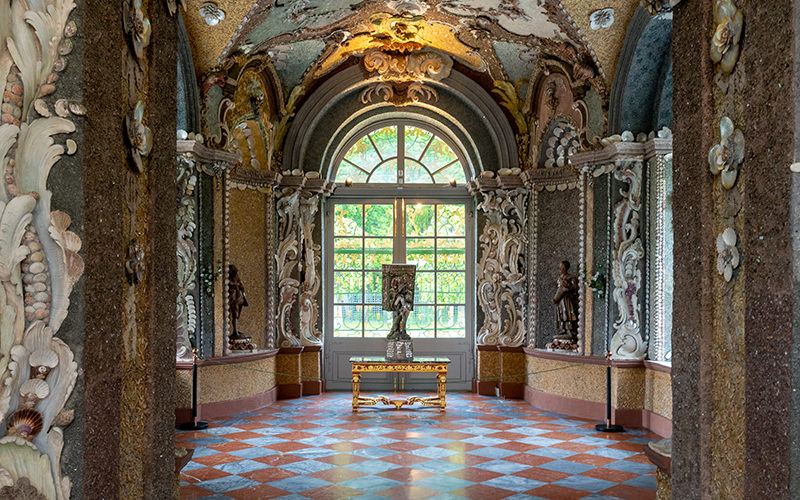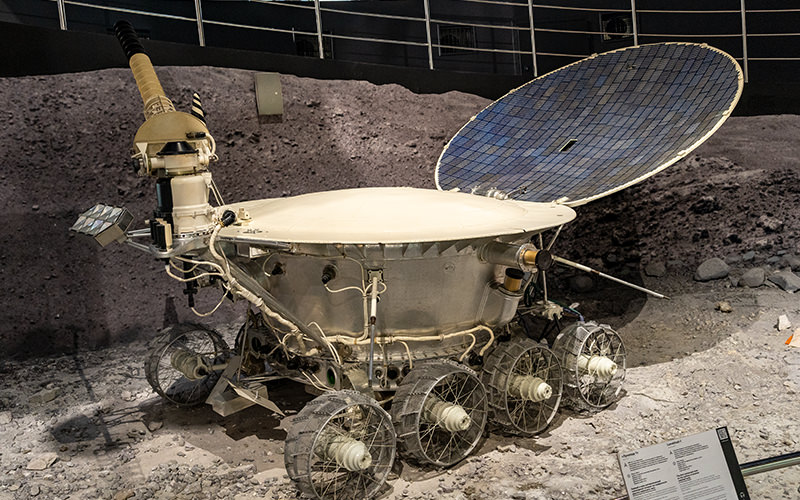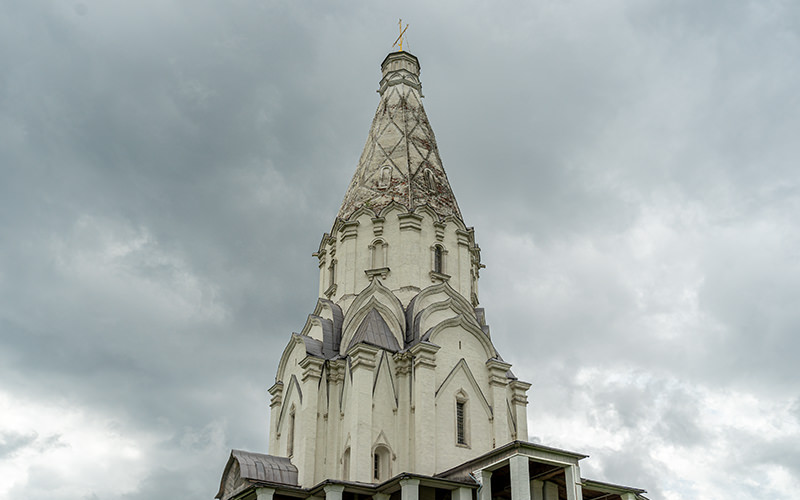The ancient Moscow Kremlin. Last time, we took a stroll through its territory, looked at its famous landmarks — the Tsar Cannon and the Tsar Bell, and admired the ancient cathedrals and churches. Today, I would like to invite you to step inside some of them and learn a little more about the history of these ancient iconic structures.
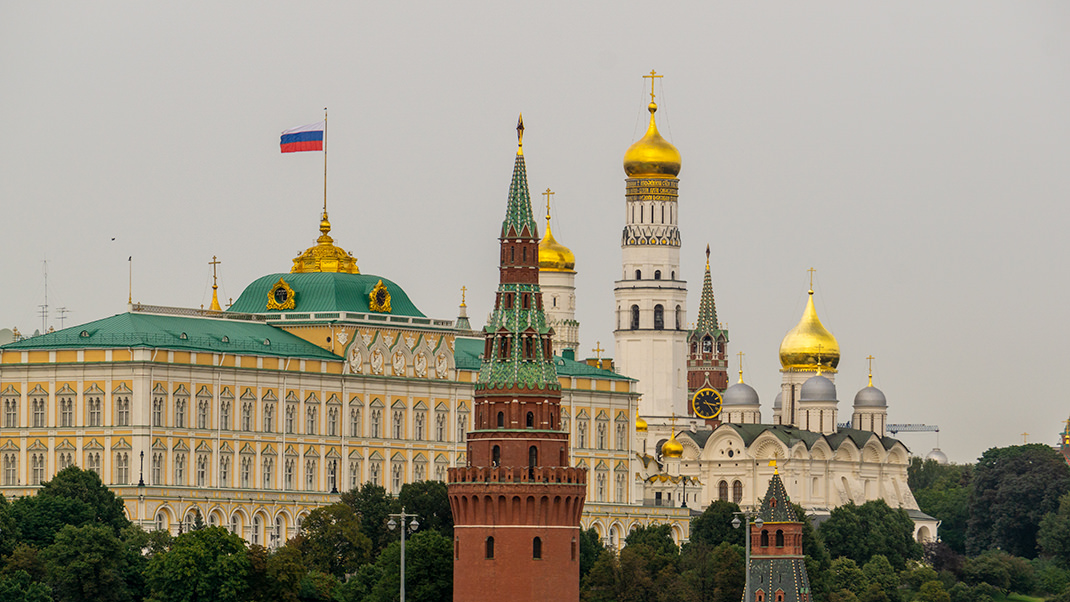
A tour of the Cathedral Square ensemble includes entry to the museum and visits to the Dormition, Annunciation, and Archangel Cathedrals, the Patriarch's Palaces, and the Church of the Deposition of the Robe. The Ivan the Great Bell Tower was closed on the day of my visit.
It's worth mentioning that when I asked about taking photos inside the temples, the staff said it was now allowed. Apparently, there used to be a ban on photography, but now you can take photos without flash in every room. So, don't forget to bring your camera along. Now, a little about each of the visited temples.
Dormition Cathedral
The Dormition Cathedral is one of the most significant and well-known religious buildings in the Moscow Kremlin. Over the centuries, under the vaults of this ancient temple, coronations of tsars and emperors took place, great princes were crowned, and metropolitans and patriarchs were buried. Currently, the Assumption Cathedral houses the tombs of 19 Russian saints.
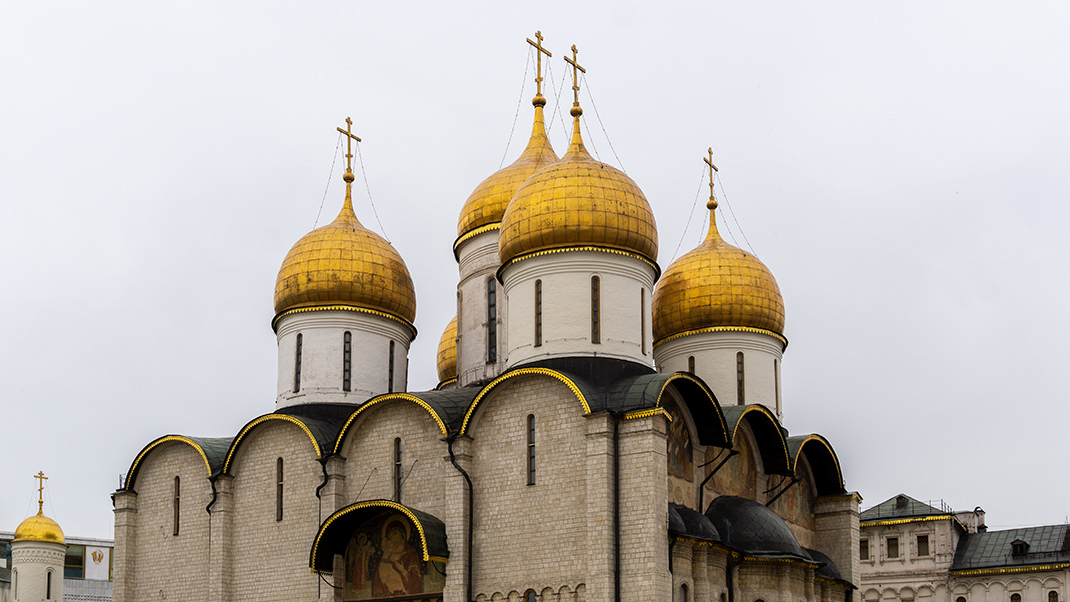
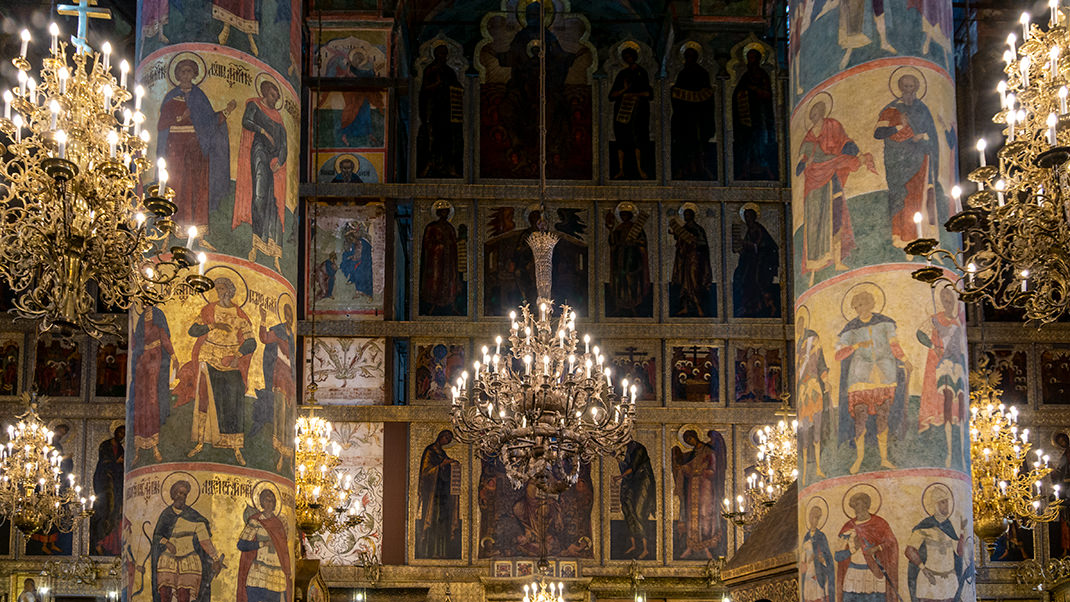
The cathedral building was constructed by the Italian architect Aristotele Fioravanti in 1475–79. The prototype of the Moscow temple was the Dormition Cathedral in Vladimir.
The cathedral was closed for services in 1918, but from 1955, the building was reopened to visitors, albeit as a museum. Services in the cathedral resumed at the end of the 20th century.
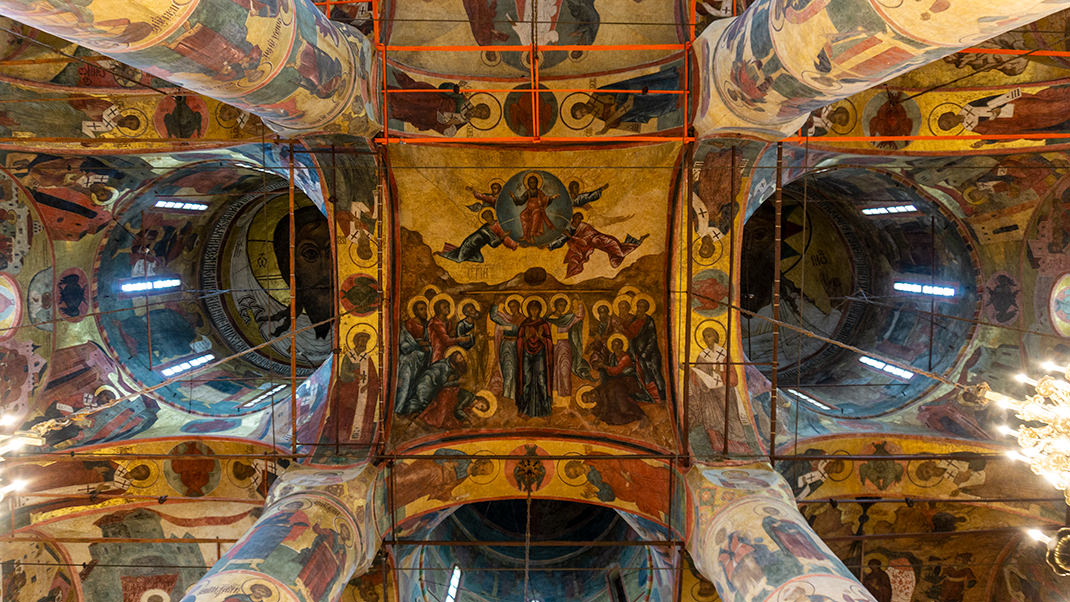
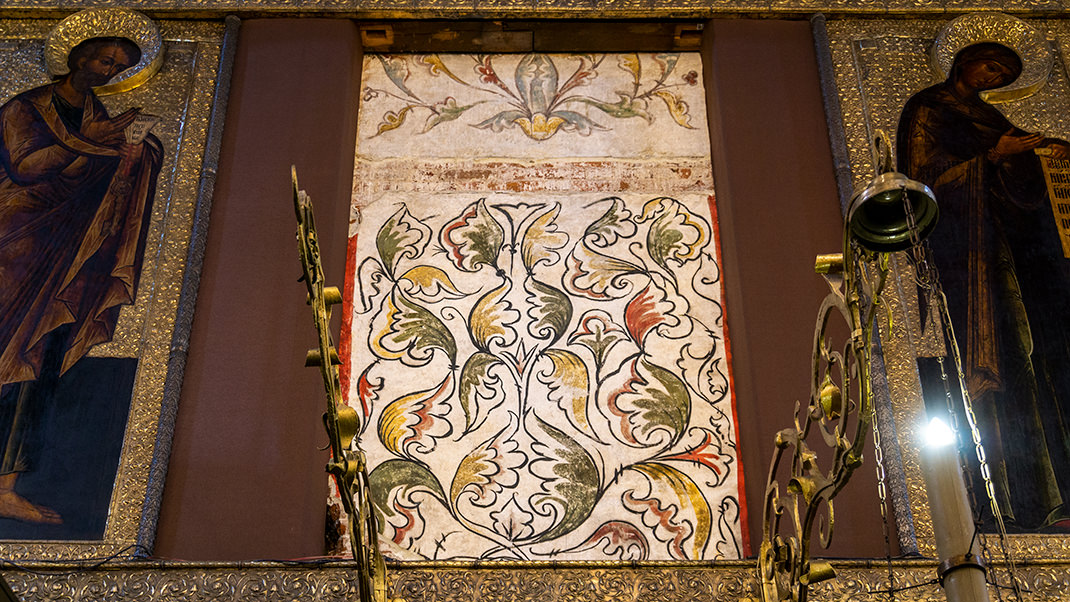
The Patriarchal Chambers and the Church of the Twelve Apostles
The Patriarch's Chambers were built on the site of older structures in 1652–1656, with the interior decoration continuing for the next two years. The first floor was used for household needs, the second floor housed ceremonial halls, and the third floor contained the patriarch's living quarters.
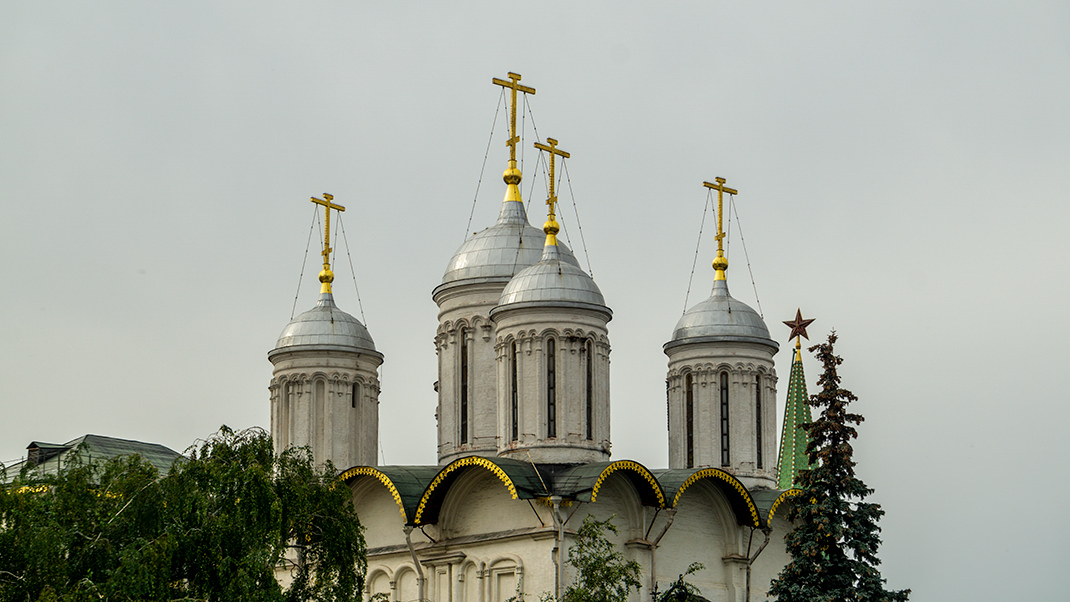
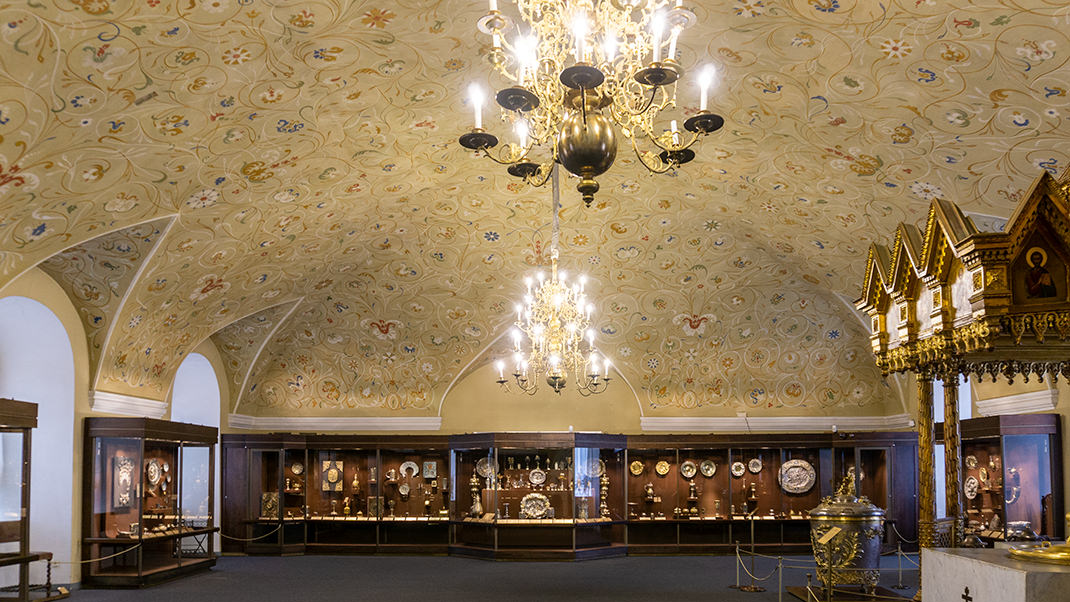
Among the ceremonial halls of the Patriarch's Chambers, the vast Cross Chamber stands out. For the first time in Russian architectural history, a room measuring 280 square meters was covered with a single vault without any supports. On ordinary days, the chamber served as the patriarch's reception room, while various church events, receptions, and meals were held here on special occasions.
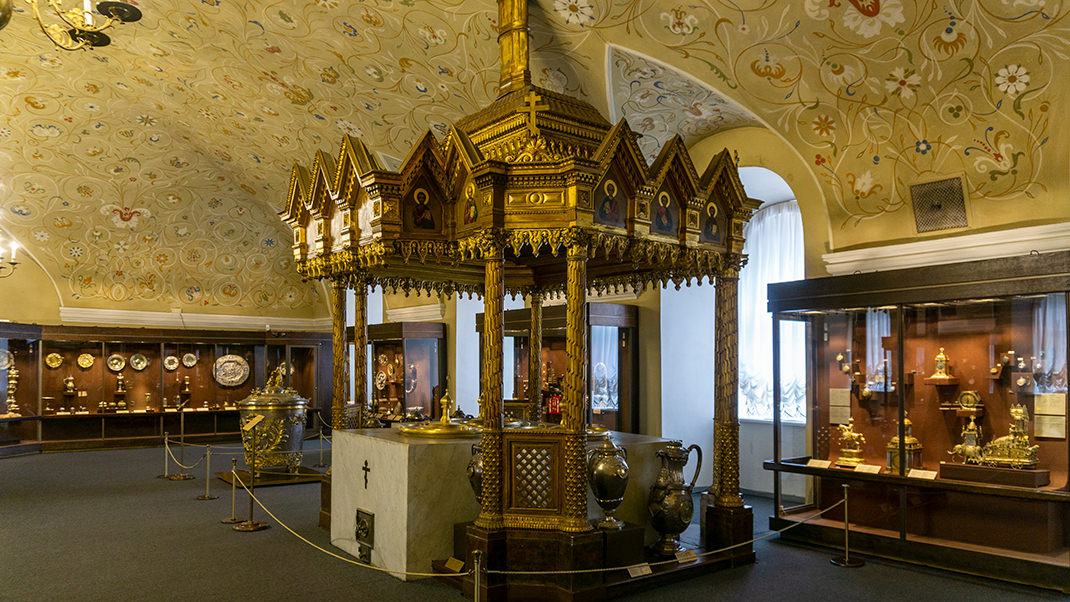
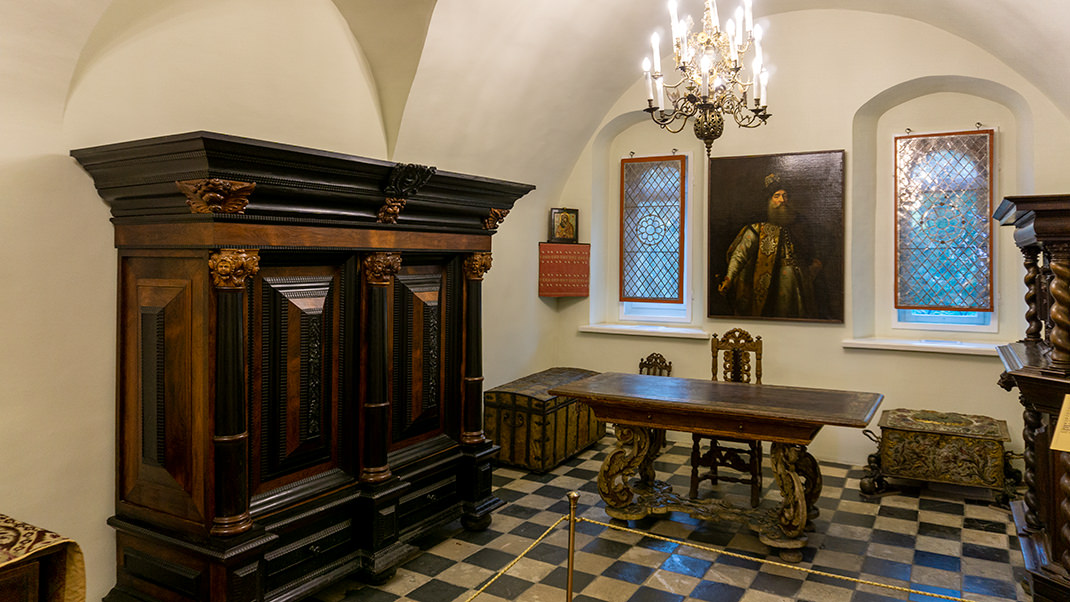
After the revolution, the building was transferred to a museum, and from 1967, the exhibition on the second floor was opened. Today, the exhibition is called the Museum of Applied Art and Life of Russia of the 17th century.
Church of the Deposition of the Robe
To the west of the Assumption Cathedral is the small Church of the Deposition of the Robe, or the Church of the Deposition. The building was constructed on the site of an older church in the 1480s as the household church of metropolitans and patriarchs. The name of the building refers to the Byzantine feast of the Deposition of the Robe of the Most Holy Theotokos.
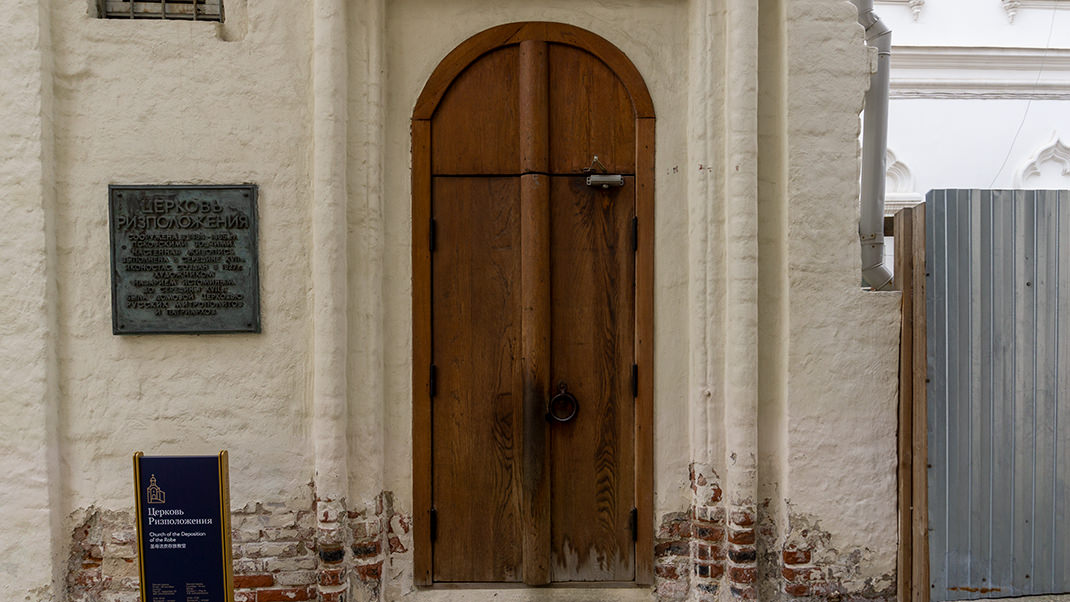
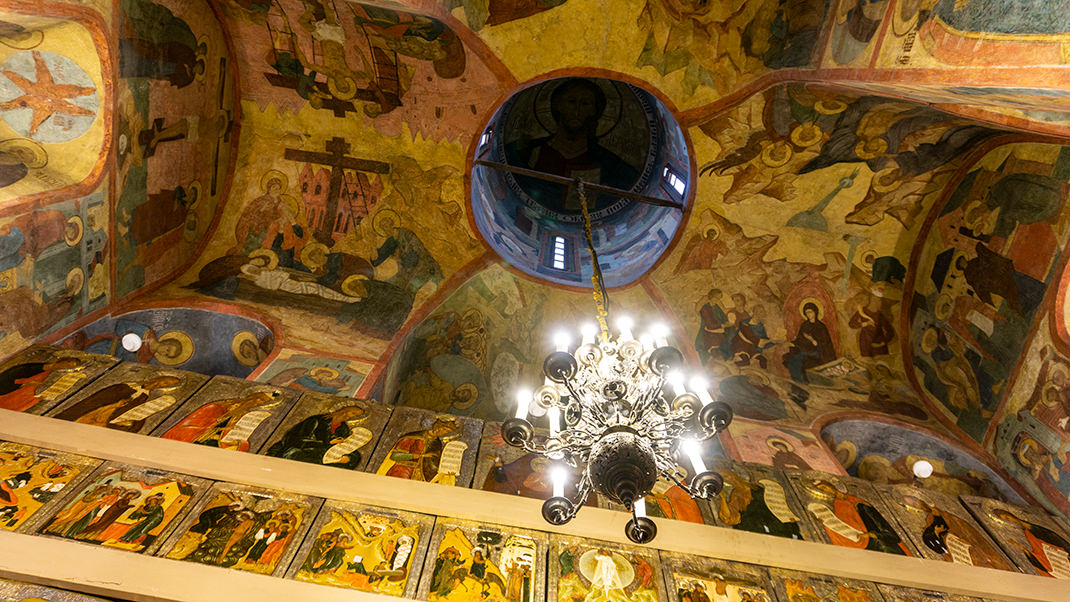
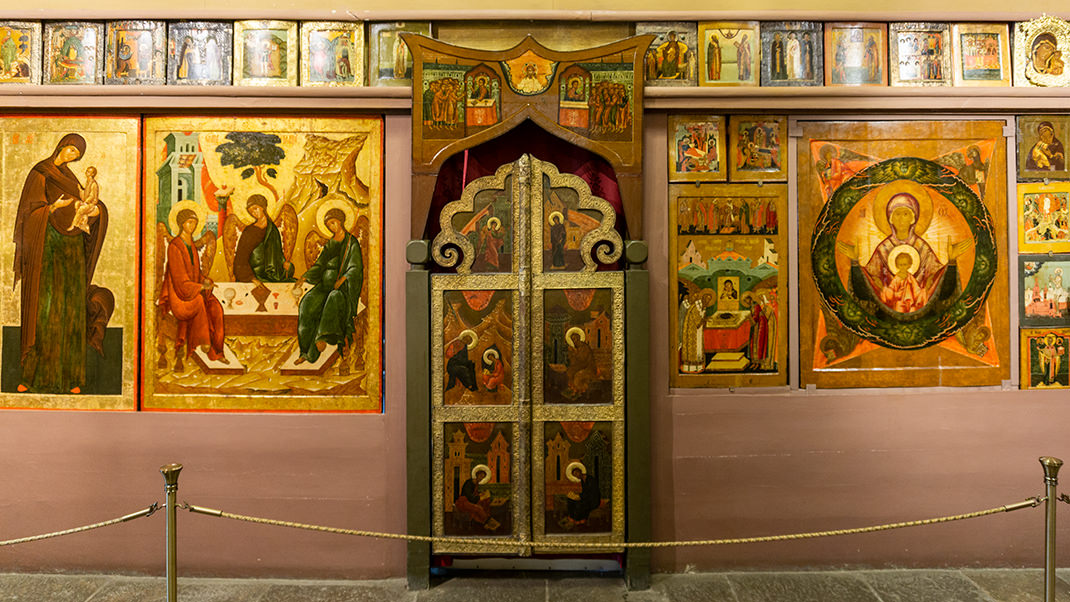
Today, the church houses an exhibition of "Russian Wooden Sculpture of the 15th–19th Centuries."
Archangel's Cathedral
The next building in the Cathedral Square ensemble that we will visit is the Archangel's Cathedral, dedicated to the Archangel Michael. The structure served as the burial vault of the Grand Princes of Moscow and the appanage princes. The last burial dates back to 1730 when the fourteen-year-old Russian Emperor Peter II was buried here.
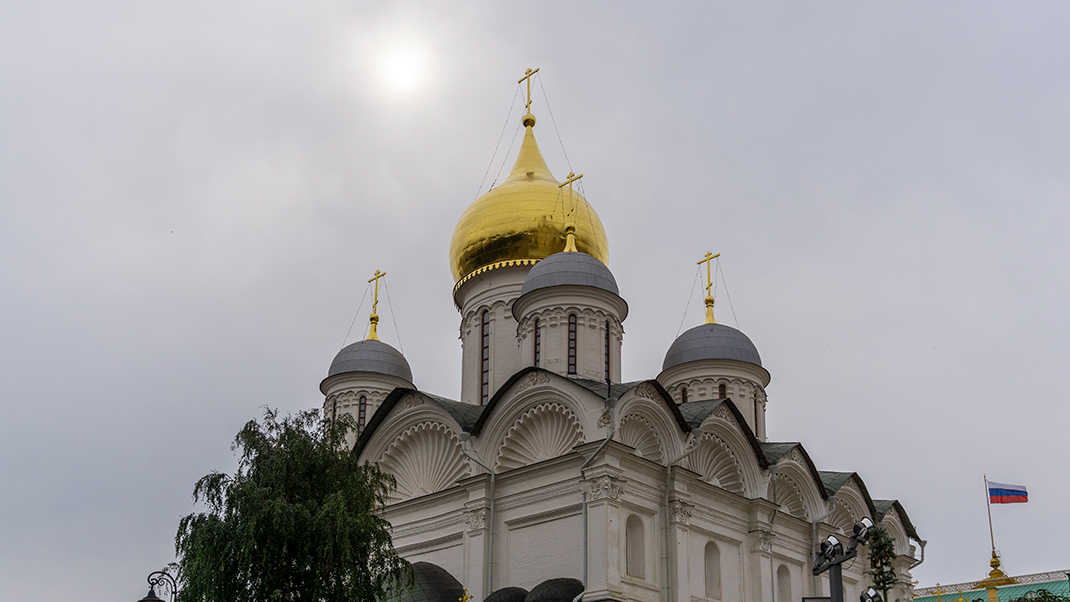
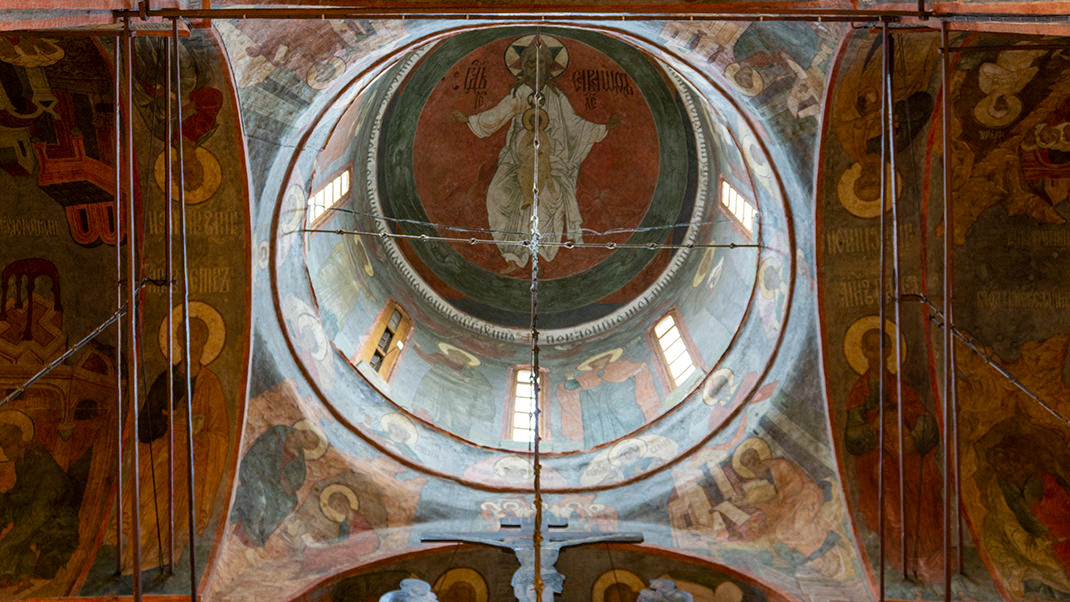
The necropolis of the cathedral contains the remains of many other famous historical figures: Ivan I Danilovich Kalita, Dmitry Ivanovich Donskoy, Ivan IV Vasilyevich the Terrible, the first tsar from the Romanov dynasty, Mikhail Fyodorovich.
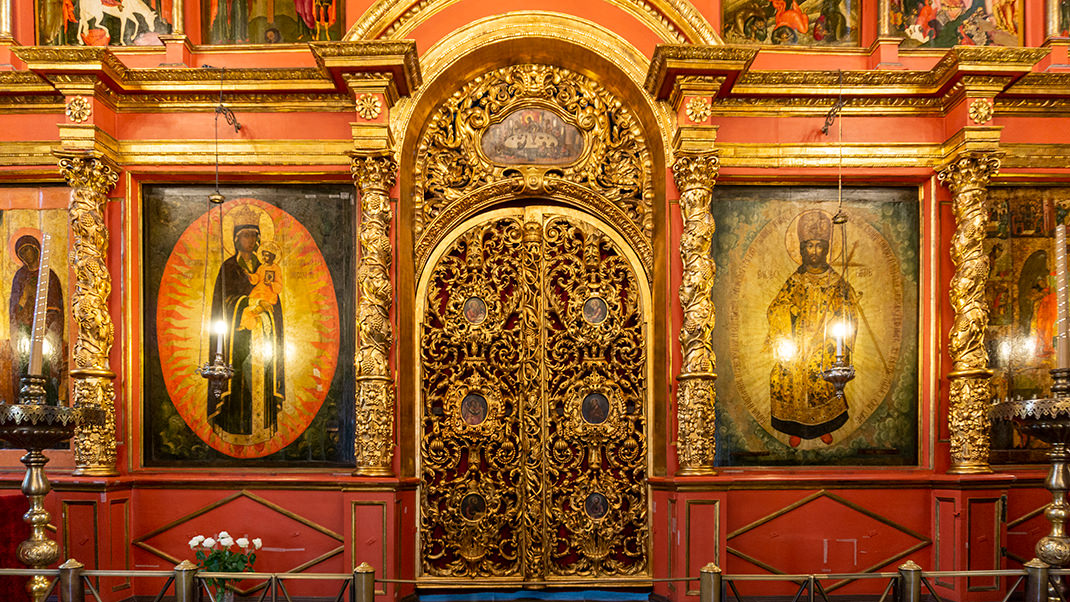
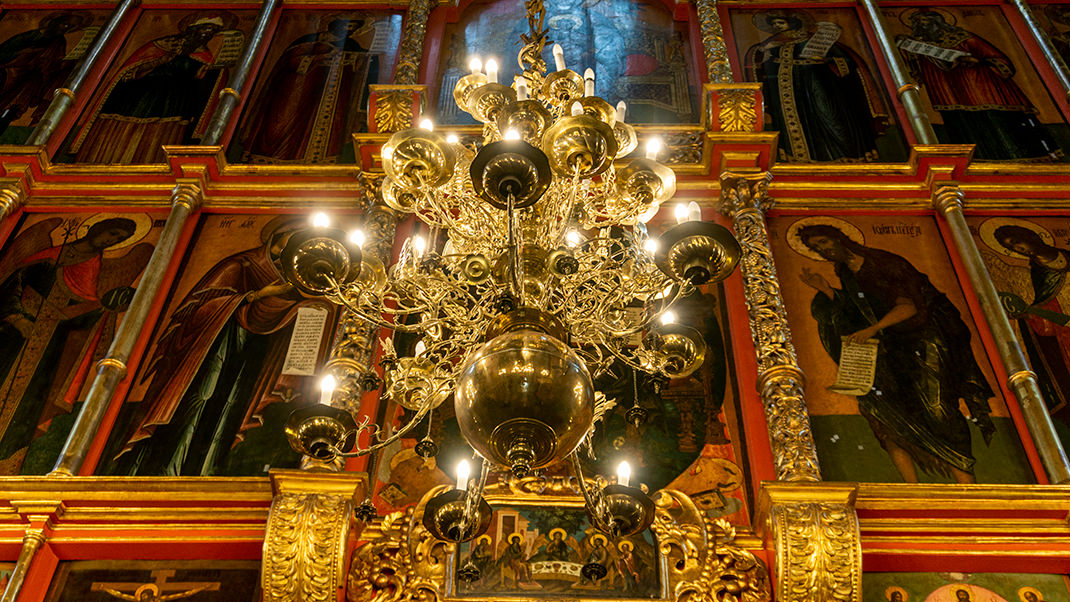
The building of the Archangel's Cathedral was erected in 1505–08 by the Italian architect Aleviz Novy. It's important not to confuse this master with another Aleviz, known as the Old. The famous Alevizov Ravine on Red Square was named after the latter.
Annunciation Cathedral
The last cathedral for today is the Annunciation Cathedral. Its building was constructed in 1484–89 on the site of an existing stone church from the 14th century. The construction was carried out by a team of Pskov craftsmen.
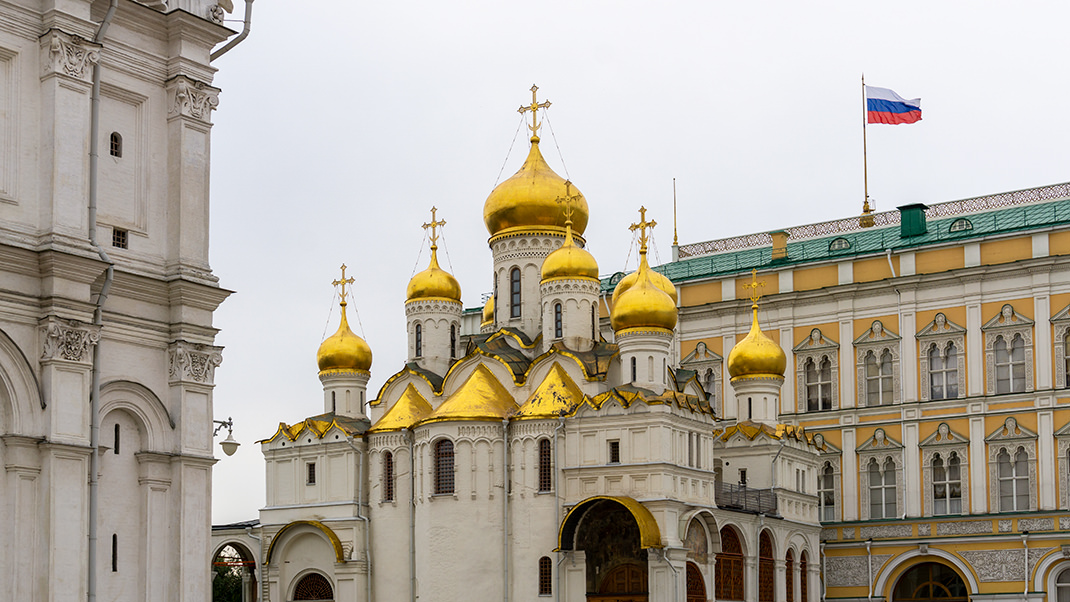
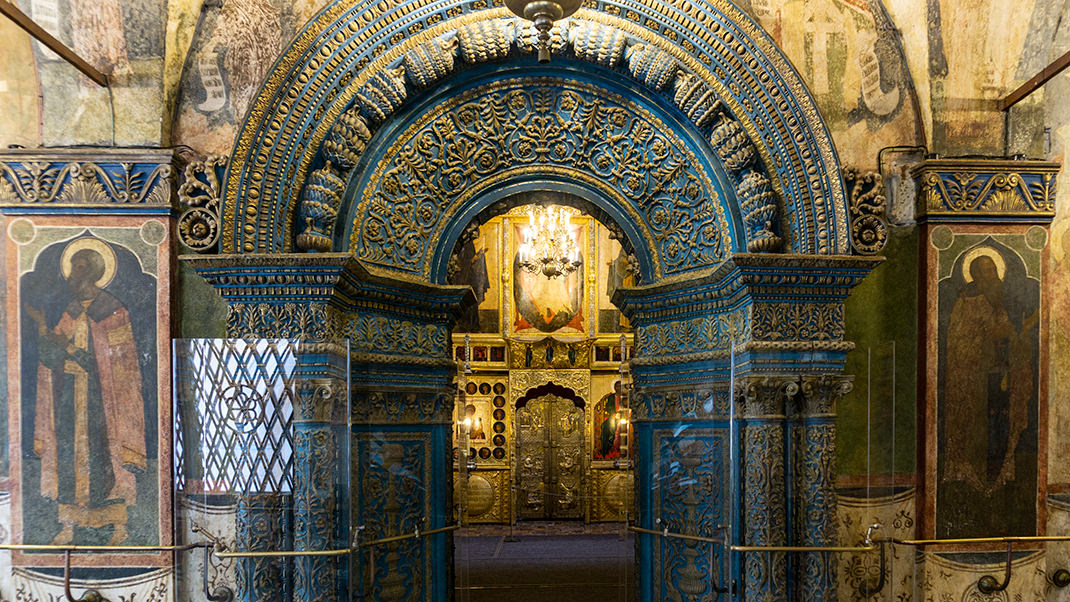
The interior of the church was destroyed by fire in the mid-16th century, and the frescoes were subsequently restored. During the reign of Ivan the Terrible, the cathedral was significantly rebuilt, becoming a nine-domed structure. From 1918 to 1993, services were not held in the church.
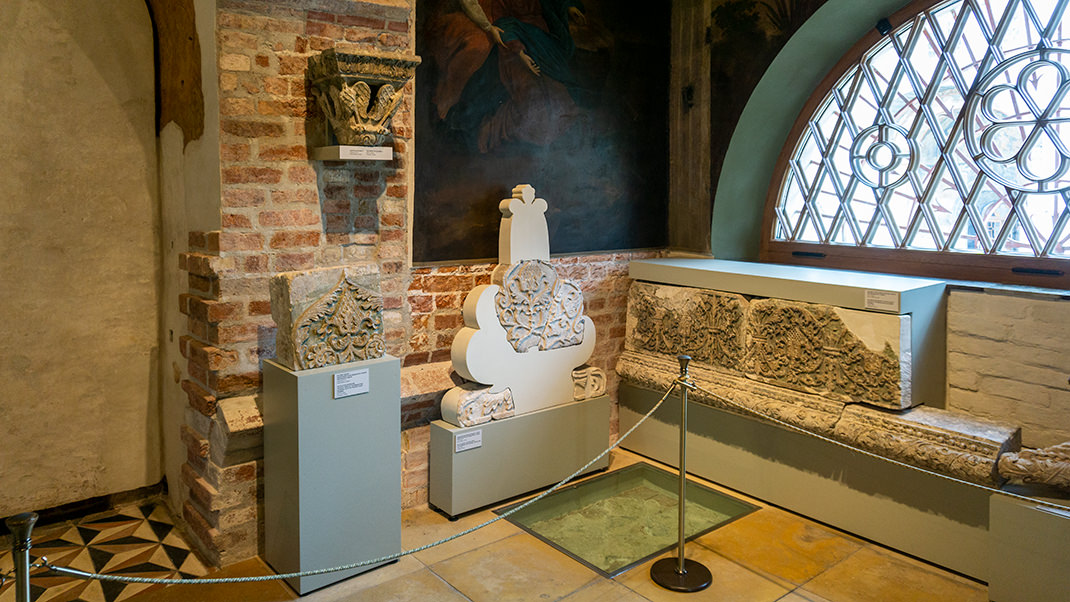
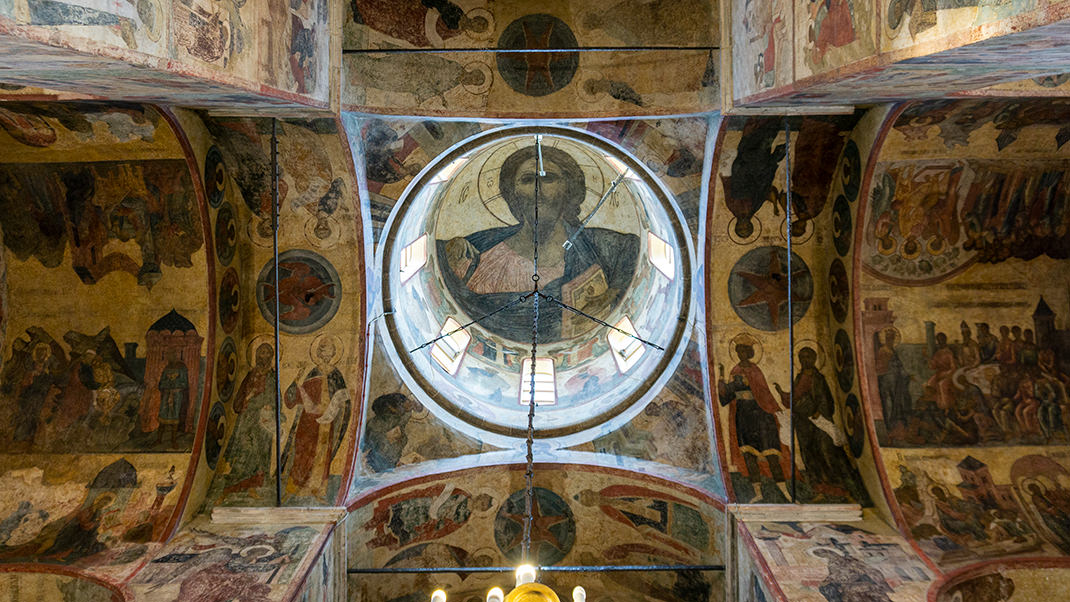
Here ends our short tour of the cathedrals of the Moscow Kremlin. I hope the article helped you learn something new about these fascinating ancient monuments. Finally, I’d like to share a link to one of the most famous churches in St. Petersburg — the renowned St. Isaac’s Cathedral.
In summary:
- Beautiful ancient churches;
- Information materials about the construction history can be found in each cathedral;
- Visit combined with a walk through the Kremlin territory.


